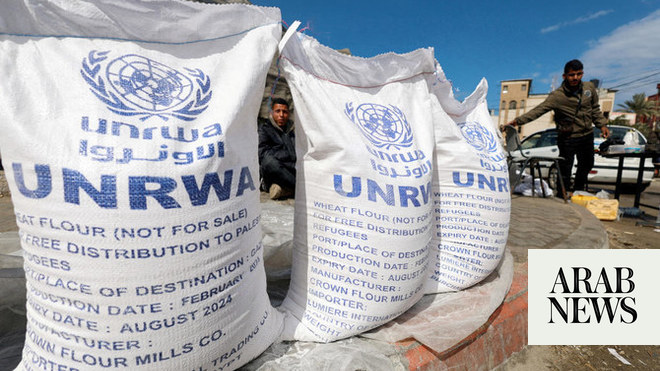
One of the critical global issues that currently poses a threat to humanity is food and water insecurity, which has been rising in spite of many remarkable technological advances.
When it comes to the food system, it is important to point out that the relationship between food production and climate change is bidirectional, as they are intertwined. The global food system contributes more than a third of all human-caused greenhouse gas emissions, which is one of the main causes of global warming and climate change.
But how can the food system alone contribute more than a third of human-caused greenhouse gas emissions? This is largely related to the way that food is produced, processed, stored, packaged, distributed, consumed and even disposed of.
Food production processes, including the use of fertilizers, are the leading contributor to “overall food-system emissions, or 39 percent of the total. Land use accounts for 38 percent and distribution contributes 29 percent, which is expected to continue growing. Methane from livestock raising and rice cultivation accounts for 35 percent of food system greenhouse gas emissions … In industrialized countries, emissions from fluorinated greenhouse gases, used in refrigeration, for example, have had a ‘turbocharged effect on global warming,’” according to the UN.
This is why we should pay attention to other interconnected issues, which are exacerbating this problem. The first one is food waste. Nearly a third of total global food is wasted every year. This wasted food could feed nearly half of the world’s population.
China, India and the US are the three countries that have the highest amount of food waste, with their gross amount of food waste exceeding 91, 68 and 19 million tons, respectively. It has been reported that if food waste were a country, it would be the third-largest country in the world when it comes to greenhouse gas emissions.
Other issues that contribute to climate change in the food production system include the unsustainable and inefficient techniques used in farming and the agriculture industry. As the population of the world has grown, food production has become a more and more profitable enterprise. As a result, some corporations have focused on producing more food at a lower price, even though that may have a long-term damaging impact on farmland, soil, animals, biodiversity, the ecosystem and, ultimately, the climate.
The Middle East and North Africa is one of the most vulnerable regions when it comes to climate change.
Dr. Majid Rafizadeh
On the other hand, as the food system contributes to climate change, the rapidly changing climate and global warming are, in return, having a negative impact on the agriculture industry, decimating forests and land, causing more droughts and making it more difficult to produce food. The world is now increasingly facing water stress or scarcity, with demand frequently being higher than supply in some areas.
This cycle also has a ripple effect. When a certain industry or sector in society is negatively impacted by climate change, it also affects other areas, since the various sectors are interconnected and intertwined. For example, long periods of drought in some regions have a negative impact on food production and water supply, which will subsequently affect people’s health. This will likely put more pressure and strain on the healthcare system.
But climate change is not just linked to longer periods of drought — it also causes more frequent and disastrous floods, as warmer air temperatures lead to the melting of more glacier ice, warmer oceans and rising sea levels. Additionally, climate change causes harm to livestock, causes more wildfires, reduces biodiversity, increases the frequency and severity of heat waves, storms and tropical cyclones, and increases soil degradation, to name just a few of the problems.
As a result, at some point, we need to take action and halt or slow down this human-made crisis and the self-destructive processes because the damage can become irreversible. In the long term, if some of the damage, such as water scarcity and a lack of agricultural resources, continues to increase to the extent that freshwater resources are depleted in some countries, this will have an impact on national security and political stability. It is alarming that the UN estimated in 2016 that half of the world’s population could be living in areas facing water scarcity by 2025. This will also negatively impact the overall ecosystem.
It should be noted that the Middle East and North Africa is one of the most vulnerable regions when it comes to climate change. This is due to the dry or semi-dry environment of the region. Temperatures in MENA are rising almost twice as quickly as in other parts of the world, according to a 2022 report by the Cyprus Institute’s Climate and Atmosphere Research Center and the Max Planck Institute for Chemistry. Countries such as Iraq, Syria, Jordan and Iran have witnessed significant desertification. Water scarcity is another critical factor for the Middle East because of its rising population growth. The MENA region is already characterized as the most water-scarce in the world.
Tackling this crisis requires that all food and beverage companies, as well as governments, especially those in developed countries, take action in order to reduce greenhouse gas emissions, conserve water and adopt more sustainable strategies.
In a nutshell, there is a direct relationship between climate change and the world’s rising food and water insecurity. This human-made crisis can be resolved if we pursue and implement greener policies in order to reduce global warming; adopt efficient and more sustainable techniques when it comes to food production and distribution; and reduce or eliminate food waste.
Dr. Majid Rafizadeh is a Harvard-educated Iranian-American political scientist. Twitter: @Dr_Rafizadeh
Disclaimer: Views expressed by writers in this section are their own and do not necessarily reflect Arab News" point of view











